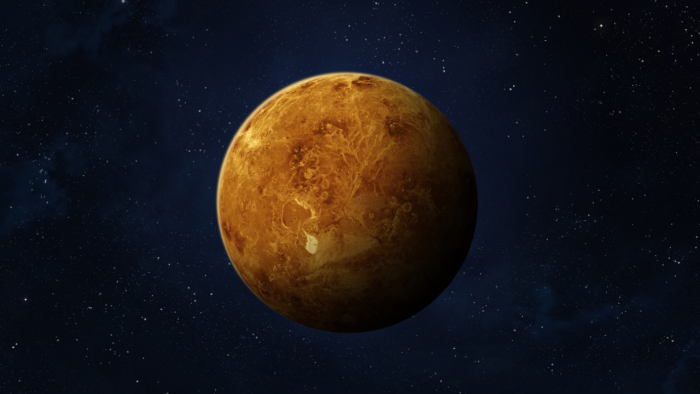Last year, NASA’s famous Parker solar probe heading towards the sun got extremely close to the planet Venus. The probe got so close to the planet that it was able to record natural radio signals releasing from its ionosphere. The recorded radio signals are now turned into sound by scientists.
The Ionosphere is the upper region of the atmosphere that gets impacted directly by the Sun’s radiation in our solar system.
Radio emissions are not audible in the vacuum of space and the frequencies need to be transposed significantly to the normal human range of hearing. Recorded radio signals have a spooky sound which could provide important insights about our neighbour planet.
Parker Solar Probe
Launched in 2018, Parker Solar Probe is NASA’s mission to reach near to the Sun and observe its outer corona. It will reach up to 9.86 solar radii from the centre of the Sun and by 2025 will travel at the closest approach to the Sun.
The probe is the size of a small car and travels faster than anything ever built by humans. At a speed of 3,30,000 miles per hour it recently zipped through the sun’s outer atmosphere. Parker Solar Probe can perform scientific investigations in hazardous regions of heat and radiation emitted by the Sun.
Signals
Signal picked by the Probe’s FIELDS instrument will now play an important role in scientists’ quest to under the planet. These signals will help in understanding how Venus became a hellhole of extreme temperatures as we know it today.
The spacecraft came about 500 miles near Venus during a flyby performed last July in 2020. Data collected during this close visit is now helping scientists to figure out that solar activities happening in Venus’s ionosphere are growing stronger and weaker according to the Sun’s position.
Using data collected by Parker last July and the last available data on Venus’s ionosphere, gathered by the Pioneer Venus Orbiter nearly 30years ago scientists are now studying more about the planet and information we believe.
Though Earth and Venus have similar shapes, sizes, and internal structures both the planets are completely different. While Sun takes 11 years to complete a solar cycle performing a solar activity such as coronal mass ejections, first rises, and later drops.

